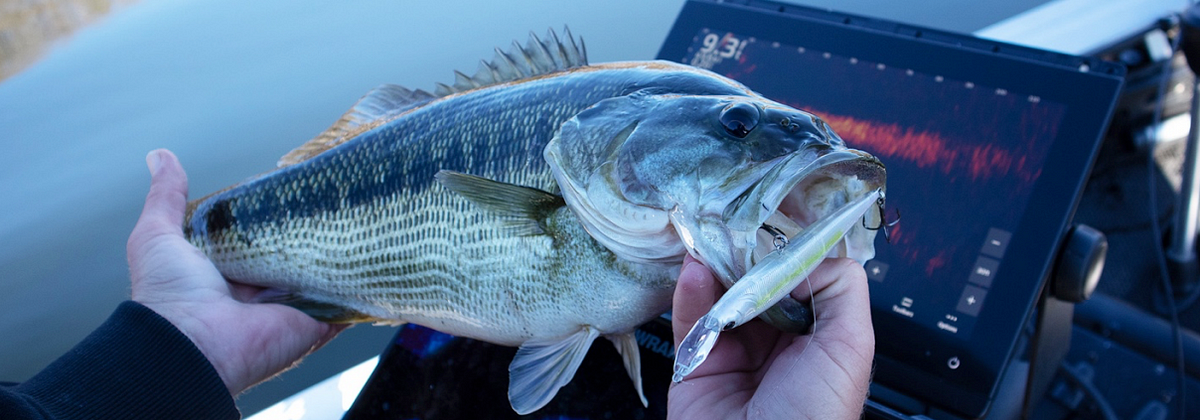- Whetstone Weekly
- Posts
- June Deer Manager's Calendar
June Deer Manager's Calendar
Essential Habitat Management Tips for Better Fall Hunting
June Deer Manager’s Calendar
Greetings, fellow land stewards and deer enthusiasts! June has arrived (and is halfway over 😅), and with it comes the crucial task of managing our deer habitats during the dog days of summer. As we navigate the challenges of maintaining food plots, controlling invasive species, and ensuring a reliable water source for our four-legged friends, let’s remember to keep our sense of humor intact. After all, a well-managed property is a happy property; a happy property is a place where deer can thrive, and humans can enjoy the fruits of our labor while pursuing happy, healthy deer. So, grab your work gloves, sharpen your chainsaw, cover yourself in deet (not literally), and get ready to “give your property an edge!”
1. Summer Food Plot Maintenance and Planting

June is a crucial time for maintaining and planting summer food plots. Ensure your plots are thriving by monitoring soil moisture and weed growth. Ideal crops for this period include soybeans, cowpeas, and clover, which provide essential nutrition for deer during the hot summer months.
Exclusion Cages: Set up exclusion cages in your food plots to monitor browsing pressure and evaluate the effectiveness of your plantings. These cages can help determine if deer consume more forage than your plots can produce.
If Your Initial Spring Planting Failed: Don’t worry if your spring planting didn’t go as planned. You can replant with alternatives such as sorghum, buckwheat, or lablab, which can be planted in June and still provide valuable forage.
Browse and Drought-Tolerant Species: Consider planting browse-tolerant and drought-resistant species such as chicory, alfalfa, and Korean lespedeza. These plants can withstand heavy grazing and dry conditions, ensuring your plots remain productive throughout the summer.
Tip: Regularly check for signs of nutrient deficiencies and pests. Using a soil test can guide your fertilization strategy to maximize growth. Remember, it’s vital to follow local regulations regarding the use of herbicides and pesticides to protect the environment.
2. Water Source Management
Deer need a reliable water source, especially during the hot summer months. Ensure your property has adequate water availability by maintaining natural water holes and ponds or installing guzzlers.
Tip: If creating new water sources, ensure they are strategically placed near bedding and feeding areas to maximize their use. Be mindful of local regulations regarding water use and management on private lands.
3. Trail Camera Setup and Monitoring
Setting up trail cameras in June can provide valuable insights into deer movement and behavior. Proper placement and settings are key to capturing valuable data.
Tip: Place cameras along travel corridors near food plots and water sources. Orient cameras north to avoid sun glare and ensure clear images. Regularly check cameras to ensure they function correctly and reposition as necessary based on deer activity patterns. Respect wildlife regulations and ensure your camera setup does not interfere with natural behavior.
Reach Out for Assistance: For more precise data, consider conducting a formal Deer-Camera Survey closer to August when bucks are easier to identify individually. Contact Whetstone Habitat directly for assistance setting up and interpreting a comprehensive survey.
4. Invasive Species Control
June is critical for managing invasive plant species, which can outcompete native vegetation and degrade deer habitat. Common invaders include kudzu, multiflora rose, and johnsongrass.
Tip: Use a combination of mechanical removal, herbicides, and prescribed fire where appropriate. Be sure to follow local guidelines for herbicide use and disposal. Controlling invasives improves habitat quality and supports a healthier ecosystem overall.
5. Mineral Sites and Supplements
Establishing mineral sites can support deer health, but be aware of regulations due to Chronic Wasting Disease (CWD). Many states have banned baiting and mineral sites to prevent the spread of CWD.
Tip: Check your state’s regulations before setting up mineral sites. Choose high-quality mineral mixes that provide essential nutrients for antler growth and overall health if allowed. Always follow best practices to minimize disease risk and environmental impact.
6. Habitat Improvements and Edge Feathering

“Closed” Edge-Feather: designed to encourage deer movement closer to the stand.
Enhancing habitat through edge feathering can significantly improve deer cover and forage.
Creating More Usable Space: Edge feathering is an easy way to add habitat type—early successional habitat—at the interface between closed canopy woodlots and open fields. This process mimics natural transitions where a grassland fire encounters a woodlot and peters out due to reduced fuels. In natural systems, “hard edges” are rare.
Tip: Implement edge feathering by thinning trees and creating brush piles along field edges to provide deer-friendly transition zones. This method increases usable space for wildlife by creating diverse habitat structures. These improvements support not only deer but also other wildlife species. Ensure any habitat modifications comply with local conservation policies and guidelines.

Happy Habitat Season!
Get Started Today! June is a busy month for land managers dedicated to improving deer habitat. Following these tips and adhering to local regulations can create a thriving environment that supports a healthy deer population and enhances your fall hunting opportunities.
Before you go, I would appreciate if you took the time to send us some input as to what topics you’d like Whetstone Habitat to cover in upcoming installments of Whetstone Weekly:
What aspect of land management are you most interested in learning about?Here's your chance! Let's hear it! |
Contact Whetstone Habitat to schedule a habitat consultation before our schedule fills up. Visit www.whetstonehabitat.com for more information and to subscribe to our newsletter for ongoing tips and updates.
If you are interested in Bass Fishing content, please check out my recent publication discussing Berkeley's new line of Forward Facing Sonar Optimized baits, below!



